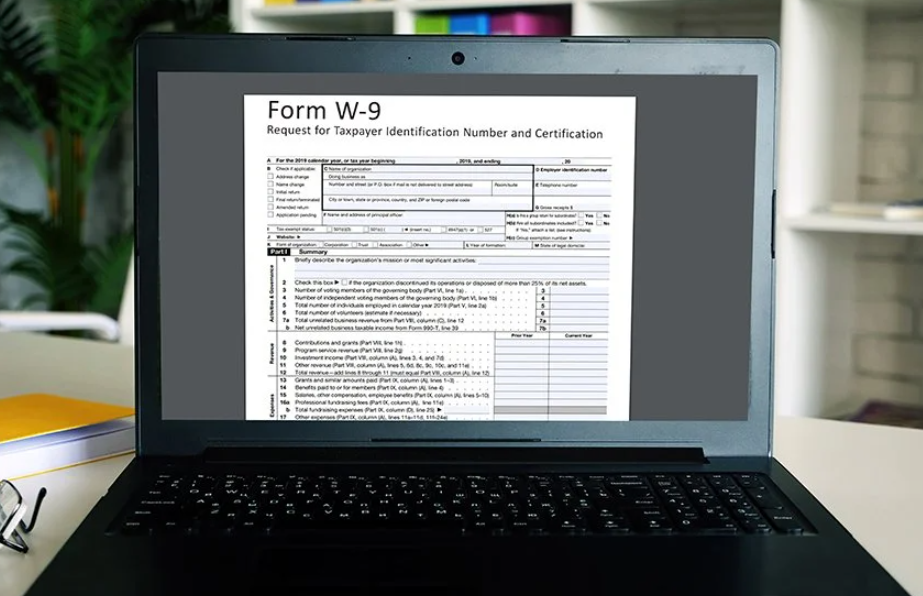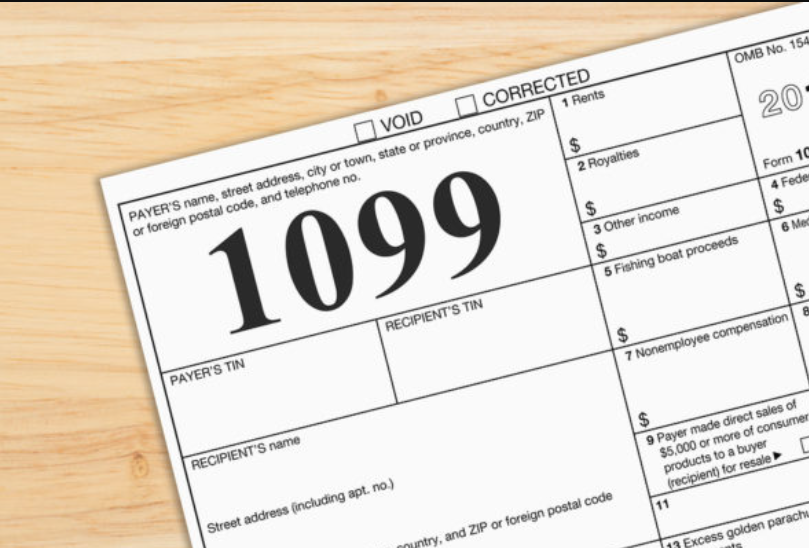With its forms and numbers, tax season can feel like a labyrinth. But fear not; we're here to guide you through one of the common mazes – the W9 and 1099 Tax Forms. They might sound like two peas in a pod, but serve very different purposes.
In this guide, we'll break down the differences between W9 and 1099 Tax Forms, helping you navigate this part of your tax journey. So, grab a cup of coffee, get comfy, and let's dive in.
Understanding the Basics: W9 and 1099 Tax Forms
Before we get into the nitty-gritty, let's establish some groundwork.
The W9 Form: Your First Tax Handshake
The W9 form is the first handshake between a freelancer or contractor and the client or employer. It's officially titled "Request for Taxpayer Identification Number and Certification." That sounds a bit intimidating, but don't worry; it's simpler than it sounds.
Collecting Taxpayer Information
The primary purpose of the W9 is to collect the taxpayer's identifying information, such as their name, address, and Social Security Number (SSN) or Employer Identification Number (EIN). The client or employer uses this form to report any payments made to the individual to the IRS.
When to Use a W-9 Form?
You'll typically fill out a W-9 form when working with a new client or employer as an independent contractor or freelancer. The information provided on this form is crucial for your client's tax reporting.
The 1099 Tax Form: Reporting Miscellaneous Income
Let's discuss the 1099 tax form, officially known as the "1099-MISC," for miscellaneous income. There are several types of 1099 forms, but we'll focus on the 1099-MISC as it's the most common for freelancers and contractors.
Reporting Non-Employee Compensation
This form is used to report income earned by individuals who aren't employees but provide services or goods to a business. If you receive $600 or more in non-employee compensation during the tax year, your client or employer will send you a 1099-MISC form reporting your earnings.
Receiving the 1099-MISC Form
As a self-employed individual, you'll typically receive a 1099-MISC form from clients or employers who've paid you $600 or more for your services during the tax year. It's their way of reporting the payments they've made to you to the IRS.
Key Differences Between W9 and 1099 Tax Forms
Now that we have a handle on the basics, let's dig deeper into the differences between these two forms.
Who Initiates the Forms?
You initiate the W9 form, the freelancer, or the contractor. When you start working with them, you must provide this form to your client or employer.
The 1099-MISC form, on the other hand, is initiated by your client or employer. They send this form to you and the IRS to report the payments they've made to you.
Information Provided
When you fill out a W-9 form, you provide your personal information, including your name, address, and Social Security Number (SSN) or Employer Identification Number (EIN).
The 1099-MISC form reports the income you've received from your client or employer. It includes your total earnings but doesn't require personal information like your address or SSN.
Purpose of Each Form
The primary purpose of the W-9 form is to provide your client or employer with the necessary information to accurately report payments they've made to you. It's about identity verification.

The 1099-MISC form is used by your client or employer to report the payments they've made to you during the tax year to the IRS. It helps the IRS ensure that you report your income correctly on your tax return.
Timing
You typically fill out a W-9 form when working with a new client or employer. It's usually one of the first steps in the onboarding process.
You'll receive a 1099-MISC form from your client or employer by January 31st of the following year if your earnings meet or exceed $600 during the tax year.
Tax Implications
Filling out a W-9 form doesn't have direct tax implications for you. It's about providing accurate information to your client or employer for their tax reporting.
The 1099-MISC form is crucial to your tax reporting as a self-employed individual. You'll need to report the income listed on this form on your tax return and pay any applicable taxes.
Common Misconceptions
Now that we've clarified the differences let's address some common misconceptions surrounding W9 and 1099 Tax Forms.
Misconception 1: W9 and 1099 Forms Are the Same
As we've discussed, W9 and 1099 forms serve different purposes. You provide a W-9 form to your client or employer, while a 1099-MISC form is sent to you by your client or employer.
Misconception 2: W9 Forms Have Tax Implications
The W-9 form itself doesn't have direct tax implications for you. It's a way for your client or employer to gather information for their tax reporting. However, the information you provide on the W-9 can affect your tax liability when you report your income.
Misconception 3: I Don't Need to Report 1099 Income
This is a big no-no. If you receive a 1099-MISC form, you must report the income listed on it on your tax return. Failure to do so can result in penalties and tax issues.
Tips for Managing W9 and 1099 Forms
Managing W9 and 1099 forms can be straightforward if you follow some best practices.
Keep Copies of Your W9s
Keep copies of all the W-9 forms you've submitted to your clients or employers. This way, you have a record of the information you provided.
Organize 1099 Forms
As you receive 1099-MISC forms, keep them in a safe place. You'll need these when it's time to file your taxes.
Review 1099s for Accuracy
Mistakes can happen, so review the 1099-MISC forms you receive for accuracy. If you spot any errors, contact your client or employer to get them corrected.

Report All Income
When it's time to file your taxes, report all your income, even if you didn't receive a 1099-MISC form. The IRS expects you to report all your self-employment income.
Conclusion
In the grand scheme of taxes, W9 and 1099 forms are just tiny pieces of the puzzle. However, understanding these forms and their differences is crucial for freelancers and contractors. Remember, the W-9 form is your introduction to your client or employer, providing the information they need to report payments to the IRS.



